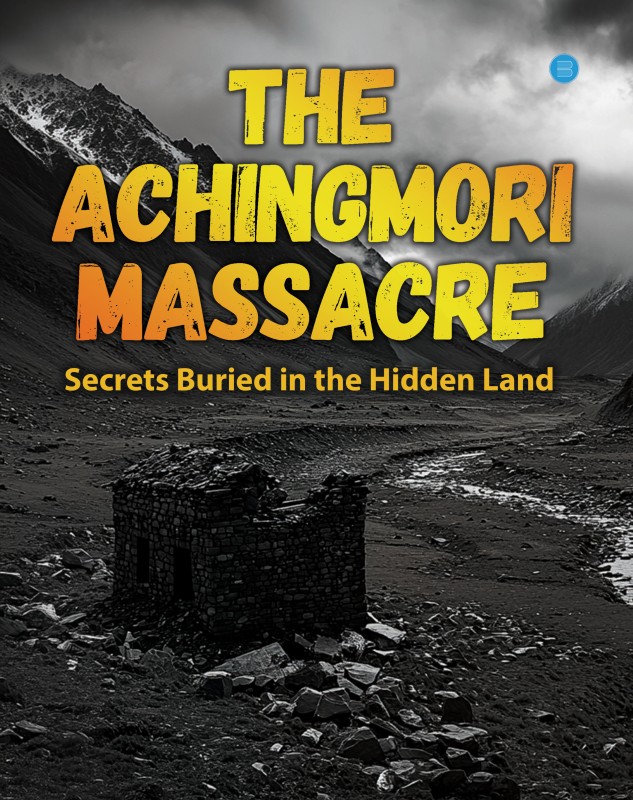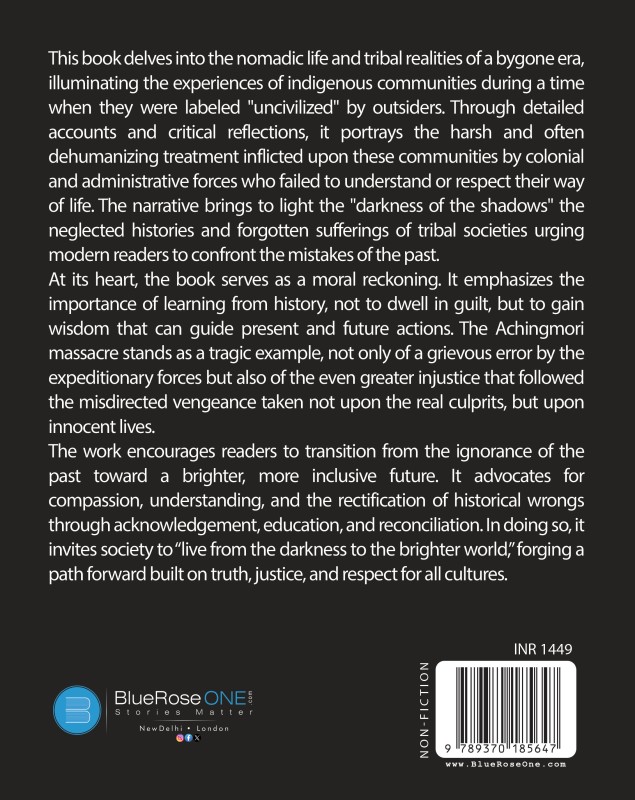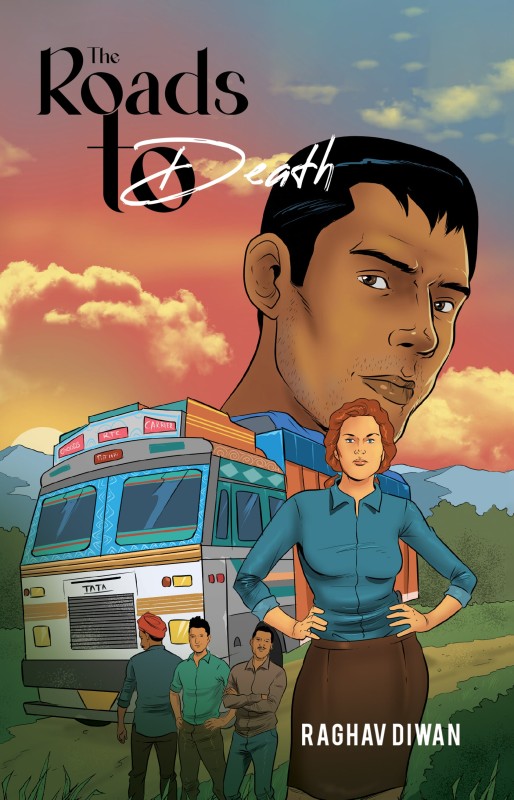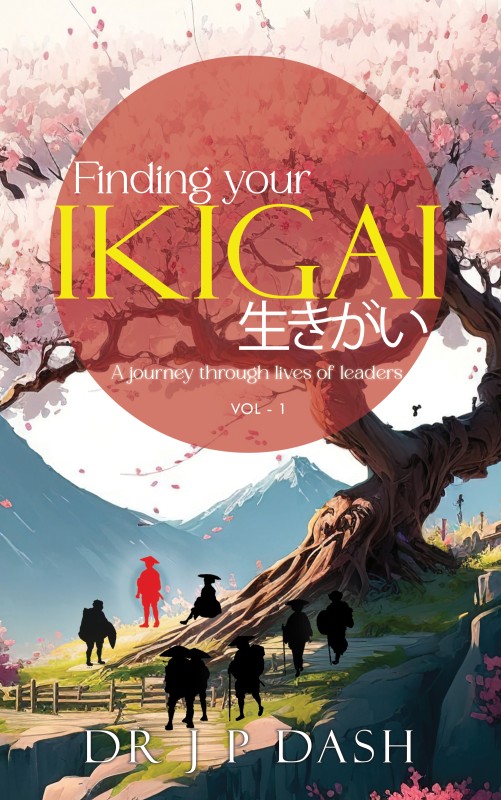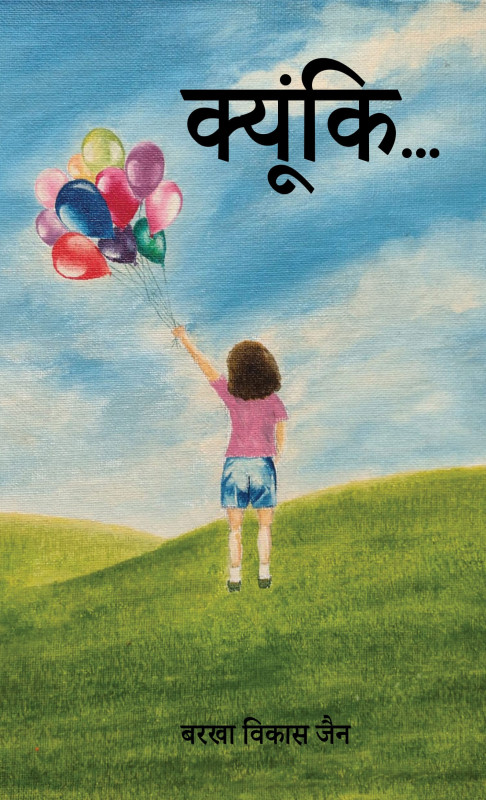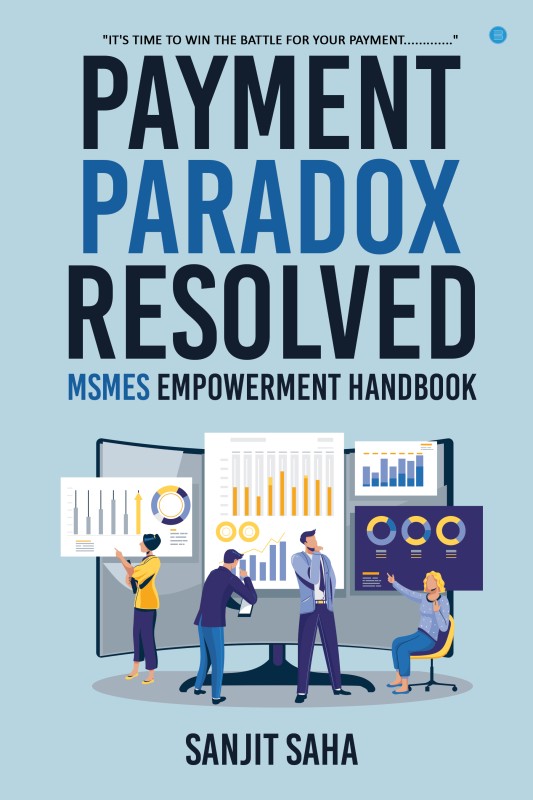The Achingmori Massacre: Secrets Buried in the Hidden Land
by T K Tagin | 20-Jun-2025
(0)
The Aching-Mori massacre remains a grim testament to the suffering and resistance of the Tagin community against systemic oppression. Rooted in forced donations and the exploitative Jorimona system during Kebang, indigenous tribes endured harsh su...
Book Details
- Language : English
- Pages : 636
- ISBN : 9789370185647
- Genre: NON-FICTION
- Size : 7.5" x 9.25"
- Binding Type : HARDBOUND
- Age Group: + Years
- Paper Type : WHITE PAPER
- Interior : BLACK & WHITE
- Cover : GLOSS FINISH
- Book Type : HARDBOUND
- Tags : Indian engineer,Sainik School Imphal,BURLA Engineering College,Government of Arunachal Pradesh,Chief Engineer Arunachal,Indian public service,Sustainable agriculture
-
Best Sellers Rank :
#2548 in Non - Fiction
#10471 in Global
Reviews
There are no reviews for this product yet.

 USD
($)
USD
($) AUD
($)
AUD
($) CAD
($)
CAD
($) EUR
(€)
EUR
(€) HKD
($)
HKD
($) GBP
(£)
GBP
(£) SGD
($)
SGD
($)
